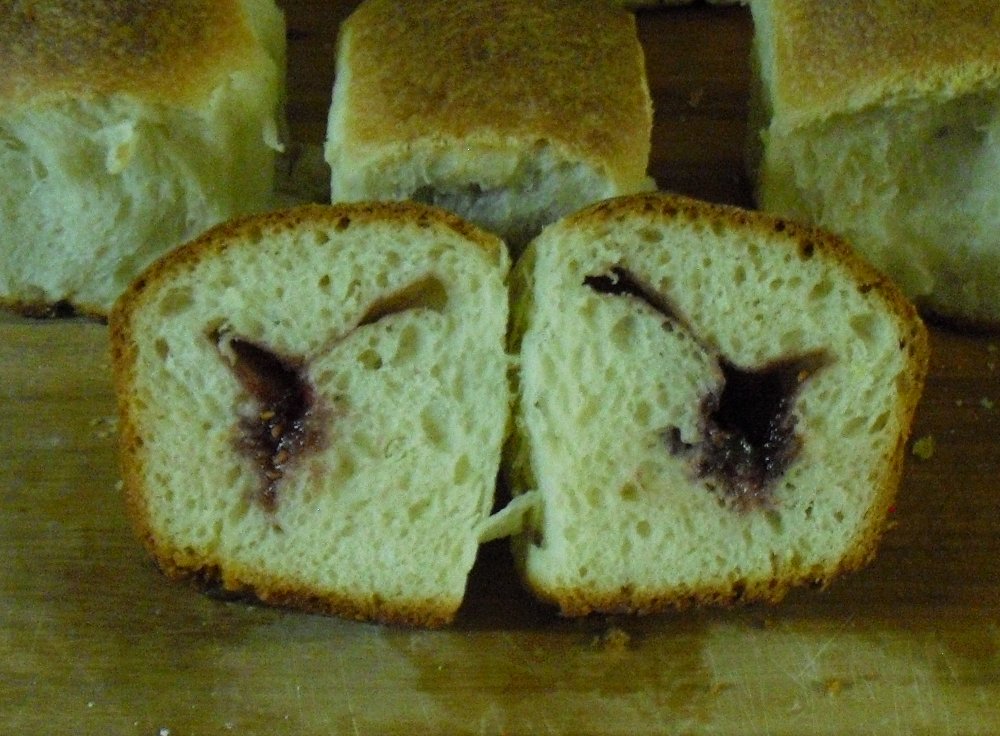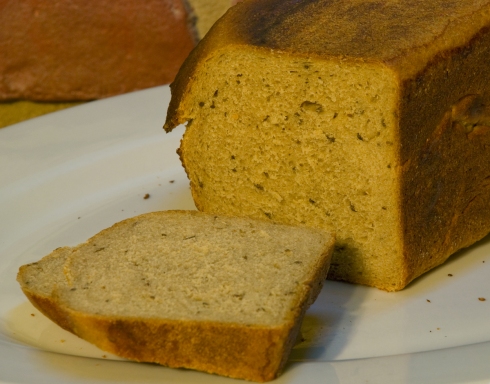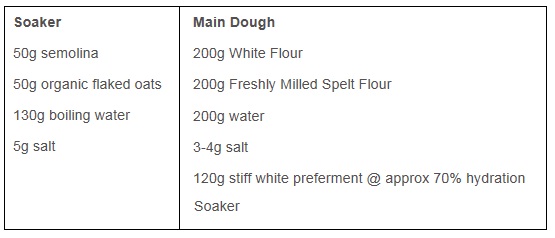Here is the pic of my other loaf for this bake, Frisian Black Bread.

Here is the pic of my other loaf for this bake, Frisian Black Bread.
- Log in or register to post comments
- 1 comment
- View post
- MANNA's Blog










